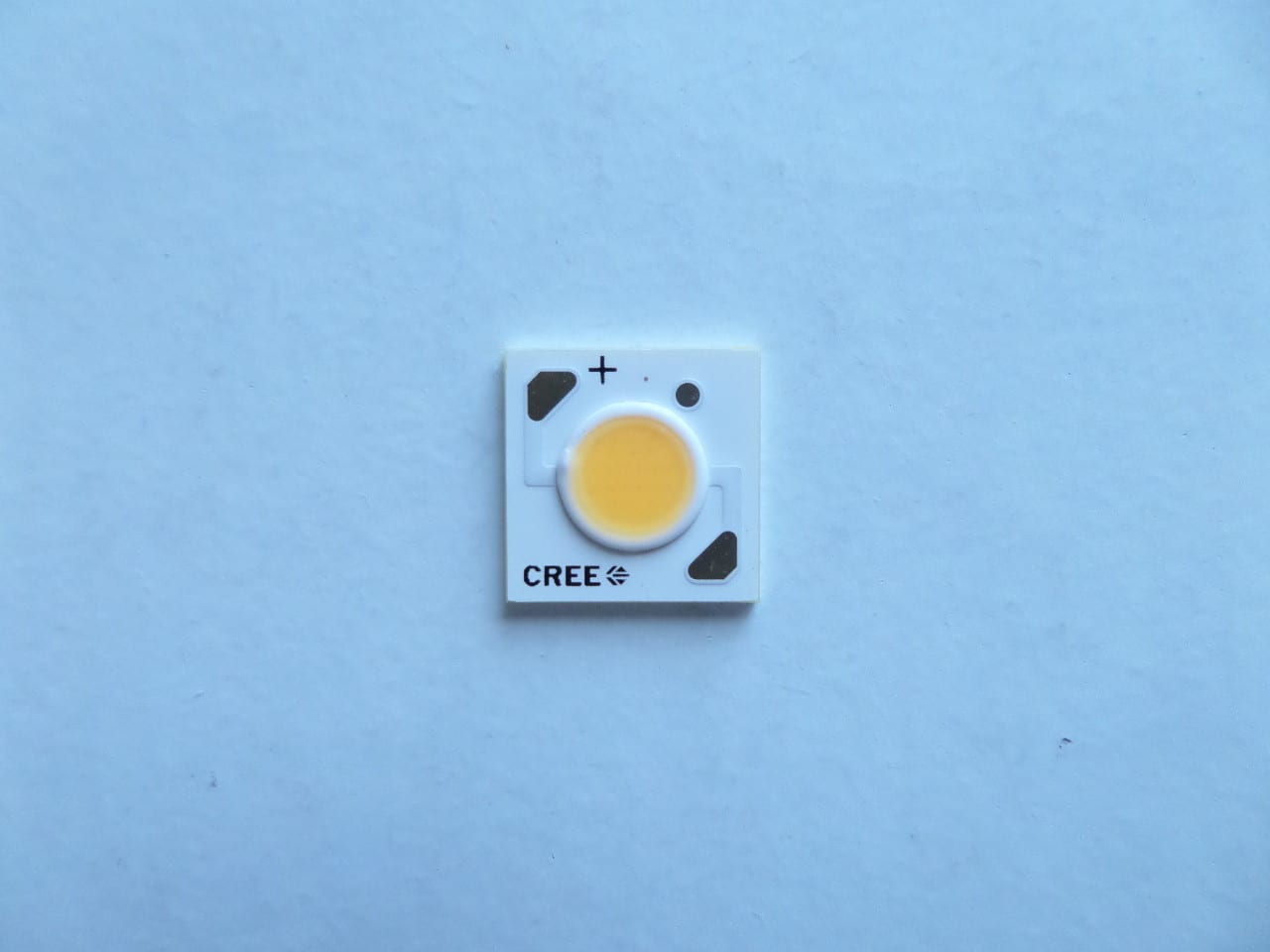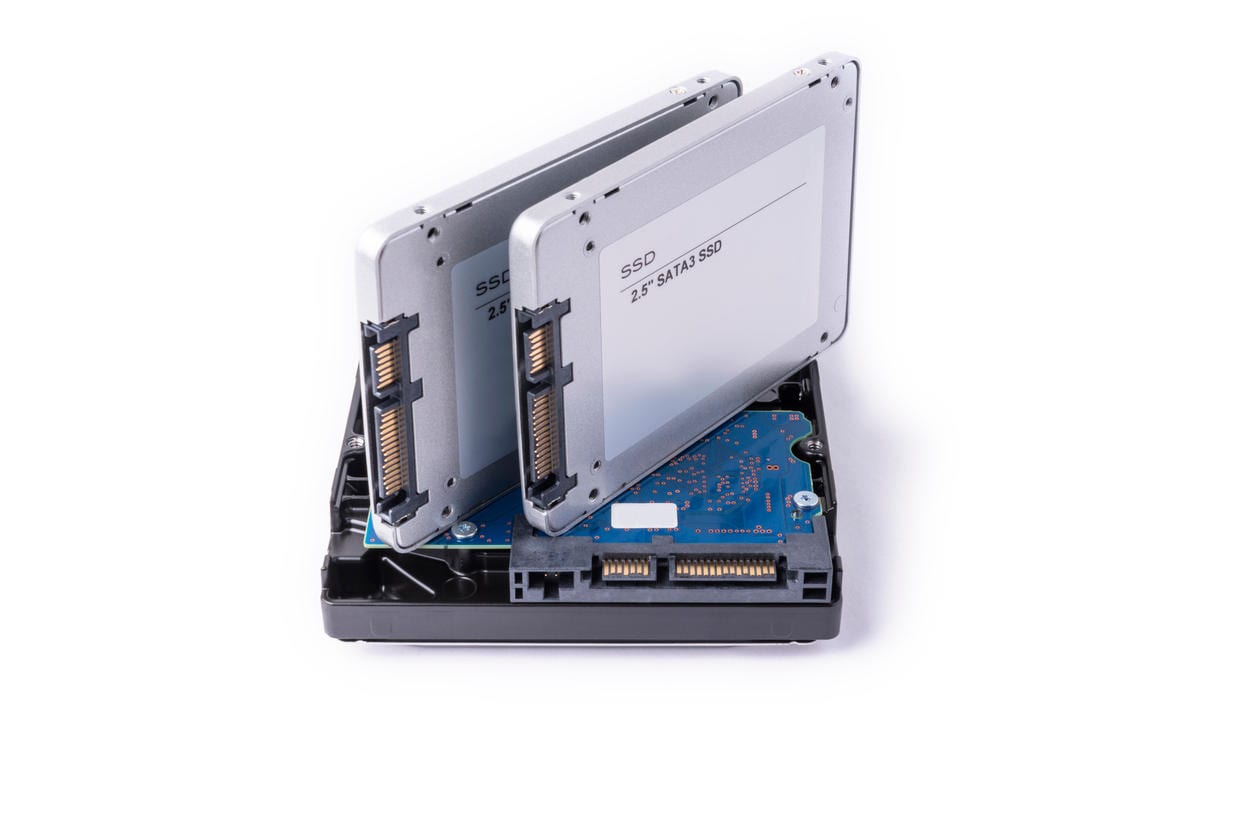LED manufacturers have been hopping from one milestone to the next over the past decade, and Cree is no exception. A few years ago, I could only find LEDs that achieved efficiency ratings ranging from 1-65 lumens per Watt (yes, only 1). The efficiency of LEDs on the market varies wildly. Some are a total waste of money (even those made by reputable companies), while some are a steal.

LEDs achieving efficiencies well over 90 lumens/Watt are now widely available, and for only a few dollars. Recently, Cree released the XLamp XP-L LED, which achieves an efficiency of 185 lumens/Watt,. That means that a 5-Watt LED bulb utilizing these could produce 925 lumens, which is enough to brightly light a 100-200 square-foot room (assuming that no recessed lighting fixtures are used). Compared to mainstream incandescent and fluorescent lamps, this is the best by far!
MarketWatch commented:
Featuring Cree’s innovative new primary optic design that radically reduces optical source size by more than 50 percent, the XLamp XP-L High Intensity LED delivers unprecedented candela at 185 lumens per watt at one watt. The new High Intensity LED offers a drop-in ready upgrade for XP-based luminaire designs, enabling manufacturers to achieve higher luminous intensity with minimal redesign to accelerate time to market.
Incandescent light bulb efficiency ranges from 5 to 15 lumens/Watt (usually about 10), which means that they require 92.5 watts of power to match the LED mentioned above. That’s quite a power guzzler. On the other hand, fluorescent light bulbs consume far less than incandescent light bulbs, but still far more than LEDs at 50-75 lumens per Watt. This means that a 60 lumen/Watt 925 lumen CFL would consume 15 watts.
These LEDs also support the entire colour temperature range that incandescent and fluorescent light bulbs do.
MarketWatch also said:
Characterized and binned at 1050 mA, 85°C, the XP-L High Intensity LED is available in up to 90 CRI and color temperatures ranging from 2700 K to 8300 K. 6,000 hours of LM-80 long-term testing data is available for the XP-L High Intensity LED for lighting manufacturers seeking ENERGY STAR® qualification.
CRI means colour rendering index. This is a measure of a light source’s ability to accurately reveal the colours of the objects it falls upon. The higher the CRI, the better. 2700K means 2,700 Kelvin. This is a measure of colour temperature. Colour temperatures ranging from 2700K to 4000K are warm white (example: incandescent lights are in this range). LEDs with colour temperatures ranging from 5500K to 8300K are cool white. They don’t have the warm, yellowish tinge that warm white LEDs do. These are reminiscent of mainstream fluorescent lights. They are completely colourless.
Everyone has their preferences, some people prefer the warm white/’daylight’ colour temperatures, which is a bit more flattering to skin tones (at least to some people), while some prefer cool white. Fortunately, you will most likely become accustomed to whatever you get eventually. Personally, I used to be accustomed to warm-white incandescent bulbs, then I switched to fluorescent cool white bulbs for many years. After all those years, I had to use a warm white incandescent bulb as a backup, and to my surprise: I was not comfortable with it.









